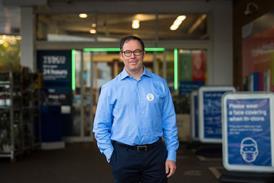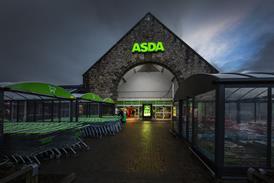Discounters outpace supermarket and convenience store growth
By Luke Tugby2015-06-22T04:00:00

Discount retailers have opened stores at a faster rate than supermarkets and convenience stores over the past five years.
Already have an account? Sign in here
Want to read more?
Register for LIMITED guest access
Register now© William Reed Ltd 2025. All rights reserved.
Registered Office: Broadfield Park, Crawley RH11 9RT. Registered in England No. 2883992. VAT No. 644 3073 52.
Website Terms | Privacy Notice | Cookie Statement | Cookie Preferences
Registered Office: Broadfield Park, Crawley RH11 9RT. Registered in England No. 2883992. VAT No. 644 3073 52.
Website Terms | Privacy Notice | Cookie Statement | Cookie Preferences
Site powered by Webvision Cloud



















